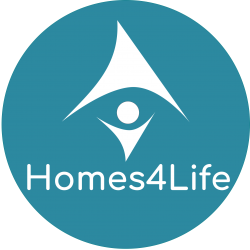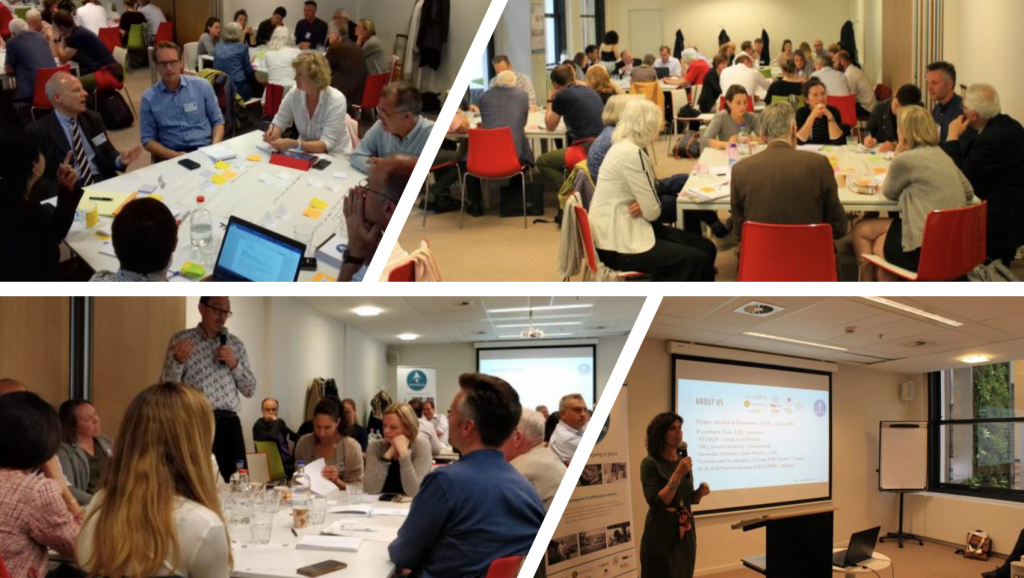Homes4Life Deliverable D5.3 – Dissemination and Communication Plan, activity and performance report – is now available for download.

Executive Summary
The European project “Homes4Life” (http://www.homes4life.eu) started in December 2018 and will end in November 2020. Its main output will be the development of a new European Certification Scheme for age-friendly housing in Europe. The scheme will be based on a long-term vision of people’s needs and requirements based upon a holistic life-course approach and a new conceptual framework for age-friendly housing. It will help develop improved home environments that foster our independence, supporting us to remain active and healthy, and integrating construction and digital solutions where this is beneficial.
The purpose of this report is to present the Homes4Life Dissemination and Communication plan which identifies, organises and defines the management and promotion of the Homes4Life project objectives and results.
The key underpinning concept of the Homes4Life dissemination & communication (D&C) strategy is to target key external stakeholders based upon a three-stage process going from awareness to understanding and ultimately to a point where stakeholders are applying and exploiting the Homes4Life project key outcomes. In the first 12 months of the project the main focus of the dissemination actions is on stage 1 of the dissemination strategy (i.e. dissemination for awareness). During the next 8 months of the project it is anticipated that project partners continue with stage 1, but as concrete results emerge and milestones achieved, the dissemination strategy moves to stage 2 (i.e. dissemination for understanding). In the final two months of the project the focus will mainly be on those stakeholders who have the ability to implement the Homes4Life vision and certification, and the dissemination strategy moves thus to stage 3 (i.e. dissemination for action) which will make use of the practical material for exploitation/implementation (such as the Certification scheme promotional package)
The report also gives a summary of all D&C activities conducted over the first period of the project, i.e. from M1 to M12. All targets which were set at the beginning of the project when establishing the D&C plan have been met or exceeded, with the exception of the two KPIs related to Social Media (Twitter) and the CoI, which are slightly under at the time of writing this report. Specific efforts will be dedicated to these two criteria over the second period of the project. Project partners participated to 19 events, have been active on social media, and several articles about the project have already been published or are in progress to promote the project, its ambition, and support the exploitation of its upcoming results.










